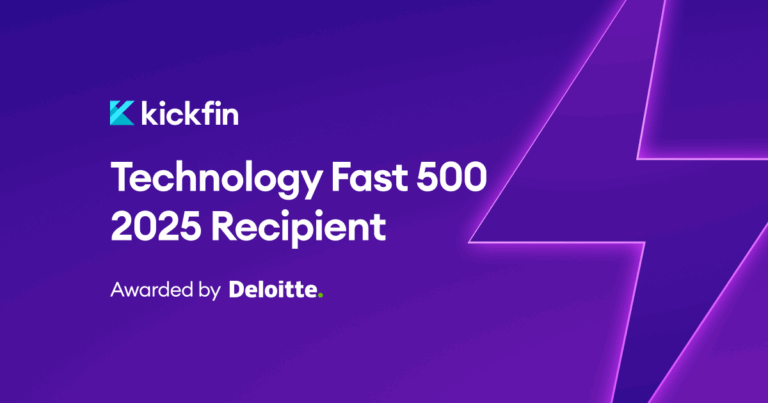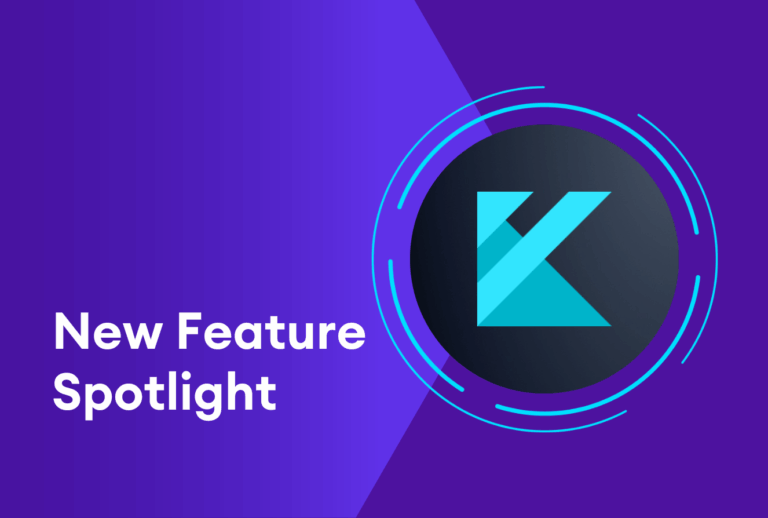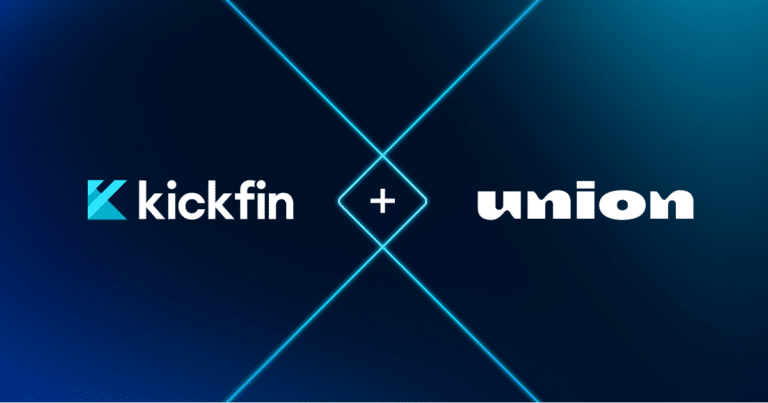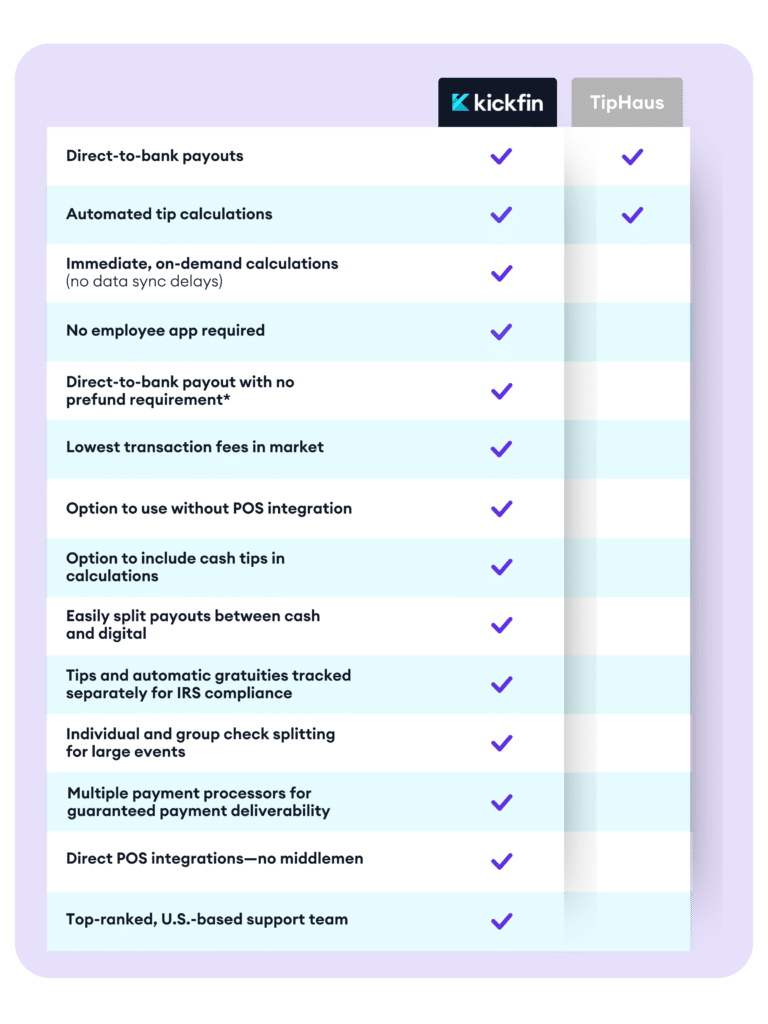We’ve been hearing a lot of talk (and a lot of questions!) about the CARES Act. Many hospitality employers and restaurateurs are wondering how, exactly, this new legislation can help them support their people during this difficult time.
We partnered with the team at Dining Alliance, an affiliate of Buyers Edge Platform, to break down the CARES Act as it pertains to your employees.
It is the goal of the Dining Alliance team to save restaurants time and resources by pulling the most pertinent information from the CARES Act to give to your employees. We found these particular provisions to be the most relevant to relay to restaurant teams during this time, as they apply to employee benefits, unemployment and 401k funds. We find it important to note that new developments are happening quickly within the CARES Act and other relief programs and we continue to suggest operators utilize the sba.gov and their state resources for the most up to date information.
Below are a few highlights that may be pertinent to restaurant workers and their employees.
Unemployment Compensation Benefits
- Benefits extended from 26 weeks (in most states) to 39 weeks
- Benefits are payable for the period beginning on January 27, 2020, and ends on December 31, 2020
- The amount of benefits includes the amount that would be calculated under state law plus $600 per week for up to four months
- Waiver of the usual one-week waiting period to receive benefits
- States can receive funding for “short-time compensation” programs to subsidize employees who have their hours reduced in lieu of layoff. The government would fund the difference between reduced hour payment and the unemployment benefits.
- There is a temporary program through December 31, 2020 to provide payment to those not traditionally eligible for unemployment benefits (self-employed, independent contractors, those with limited work history and others) who are unable to work as a direct result of the coronavirus public health emergency
Employee Benefits Provisions of the Act
- Individuals are permitted to receive a distribution from their 401(k) plans at a maximum amount of $100k. This is aggregated across all plans that individual has (401k, IRA, etc.)
- They will not incur the 10% excise tax
- This is only permitted if the individual asserts that they have been diagnosed with COVID-19, a spouse or close family member has been diagnosed with COVID-19; or they have experienced a financial need due to quarantine, furlough or layoff caused by COVID-19.
- Individuals will have the option to pay tax on the income from the distribution over a 3-year period or repay that amount back to the plan – tax free- over a 3-year period. Repayments are not subject to contribution limits.
- The act also allows participants with outstanding loans to delay any loan payment due during the balance of 2020 for up to one year. To qualify, a participant must meet the same criteria outlined above regarding COVID-19
- Plan amendments allowing this must be made before January 1, 2022
- Employers may pay employees’ student loans during 2020 without income tax to the employee unless the expense has already been excluded from the employee’s income due to a qualified education fringe benefit
- Group health plans are required to cover preventative care related to COVID-19 (including immunizations) without co-pays
- Over the counter medicines and feminine hygiene products now qualify as “qualified medical expenses” for FSA’s and HSA’s.
Workforce Development
- Provides for appropriations- ranging from $5 million to $51 million for each fiscal year from 2021-2025
- Provides the HHS Secretary with the authority to award grants of at least $75k to schools, programs, or other entities that establish or operate Geriatric Workforce Enhancement Programs
- Expands the types of nursing entities eligible to receive grants or contracts under the Public Health Service Act and authorizes appropriations of $254 million for year fiscal year from 2021 through 2025
- Requires that within 1 year after the Act’s enactment, the HHS Secretary, the Advisory Committee on Training in Primary Care Medicine and Dentistry and the Advisory Council on Graduate Medical Education shall analyze the manner in which their respective programs strengthen the nation’s healthcare workforce needs and identify and remediate any gaps in their programs.
DISCLAIMER: Buyers Edge Platform and its affiliates do not provide tax, legal or accounting advice. This material has been prepared for informational purposes only, and is not intended to provide, and should not be relied on for, tax, legal or accounting advice. You should consult your own tax, legal and accounting advisors before engaging in any transaction.







